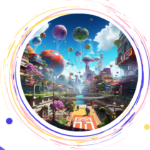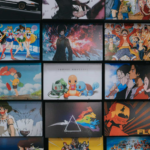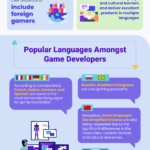You’ve created your indie game! Perfect! You are not just extremely proud and happy, but also ready to share it with the whole world, conquer millions of hearts, attract millions of players, and skyrocket your sales! It’s a dream come true!
However, even though it seems simple, it’s not as easy as many people who are not involved in the industry might think. You need to develop your marketing plan and budget, promote your game on social media, connect with gaming influencers, and assure to get some great reviews for your playing.
But before all that, as an independent game developer, you need to think about translating and localizing your game. Why?
- First, because when targeting audiences from different countries, you must adapt your game to their specific characteristics
- Second, localizing your game has an undeniable impact on downloads, reviews, social media, and overall marketing strategy. When the potential players find your game, they are more likely to download it if they can understand the content.
If you want to get maximum downloads and sales with every release, you must be aware that game localization always comes with a price, and not all indie game developers can afford to pay. The reasons can be diverse: you share your first game with the world and you don’t have any budget for localization; or maybe you created that demo for the Kickstarter campaign that will fund the development and localization of your game; or maybe you’re just at the end of the development phase and looking to save some money.
You may have considered using cost-free options, such as Google Translate or crowdsourcing. However, while they are free, they also come with serious quality issues.
However, you should know that ensuring high-quality translation and localization does not always require a high investment. But when you have a tight budget, you have to make some smart decisions about adapting your game to different markets, without sacrificing its quality.
Here are a few tips:
- Strategically choose your language for your indie game localization
- Start early
- Decide which part you want to localize
- Don’t forget about word counting
- Replace words with visuals
- Provide your translation and localization teams with context
- Make sure of the Localization Quality assurance
- Budget time and money to localize your indie game
Strategically choose your language for your indie game localization
When it comes to gaming localization, the very first step is to make a market research. Which is/are the most high-potential market(s) for your game? Which are their main characteristics? What is the dominant language spoken there? What are the pros and cons of entering that specific market?
Here are some data:
- For console / PC games, the most popular non-English languages that the Steam gamers played last year are Chinese, Russian, Spanish (Spain), Brazilian Portuguese, and German.
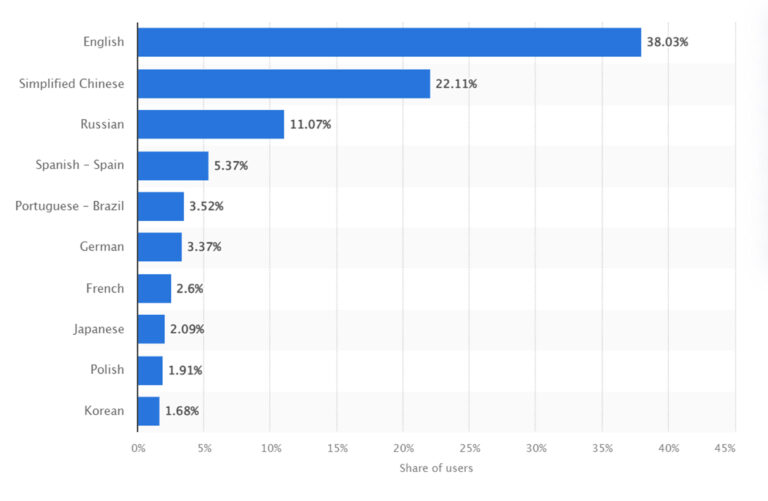
- For the mobile market, the App Annie’s State of Mobile Report 2022 shows that the top countries by app store downloads are China, India, the US, Brazil, Indonesia, Russia, Mexico, Turkey, Vietnam, and the Philippines. According to the same report, the top countries by consumer spending are Brazil, Indonesia, South Korea, Mexico, India, Japan, Turkey, Singapore, Canada, and the US.
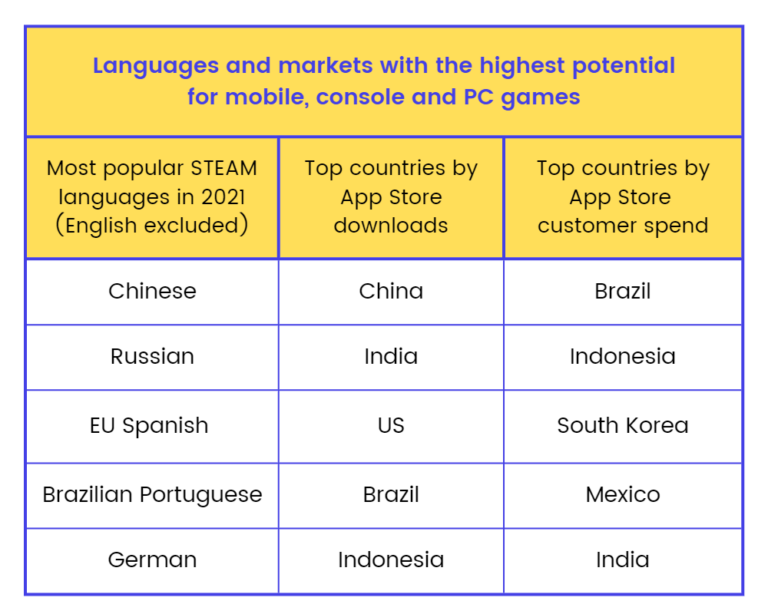
Let’s consider, for example, China. On one side, Chinese is the second most spoken language across the globe and China has one of the largest markets in the world. On the other side, it is also very strictly regulated and the Chinese gamers don’t spend too much on playing their preferred games, making it pretty hard to expand on.
Additionally, you should also think about costs before choosing the pair language for your game. Localizing Western languages to Eastern languages (and vice-versa) will be more costly, due to the major cultural, political, and religious differences.
Start early

Don’t leave localization to the last stages of your game design because they are strongly connected. Adapting your game to a foreign market can significantly impact user experience and gameplay. Therefore, if you are serious about localizing your game, you should start to consider it before and during the development stage. This way, you’ll face less re-work or issues along the way, saving you time and money.
What you should consider while developing your game:
- Use a font that supports all UNICODE characters – many languages include specific characters like, for example, ß, ü, ¿, or å, that can’t be replaced.
- Make sure the font also allows no-break spaces – (also known as unbreakable space”, non-breakable space, or “hard space”), they are spaces that will not be separated from the two characters they are surrounded by. They are used to avoid splitting certain texts into different lines, such as numbers (DE: 10 000), names (Mr. Bock), numbers from values (DE: 5 %, 10 Gold), and words from punctuation marks in languages whose convention is to have a space before certain kinds of punctuation (FR: Trop cool !)
- Code scalable text boxes – many languages need more space than English; therefore, you should always let extra space for more characters (typically 30% or even more). Otherwise, the translation and localization teams will face difficulties (and maybe will be unable) to create convincing adapted versions of your playing.
- Don’t hardcode text – by mixing the code with in-game text, you will make it difficult to extract and integrate all the text for translation.
- Don’t use concatenated text – combining two or more strings is particularly useful as it can help you to keep the game small and save time (and money) needed for programming, writing, and even translating. Still, due to the differences between languages, a lot of the text must be grammatically adjusted to fit the variables.
- Avoid graphic text and mixing designs with text – you might not be aware at the beginning, but having a convincing localization implies more than just translating the in-game texts. It also involves adapting your visual elements. But redesign your imagery just to insert the translated text, it’s a complete waste of time and money.
And the list can go on. However, to get a high-quality localized version of your game that will attract and engage with your users, you have to prepare it seriously.
Decide which part you want to localize for your indie game




